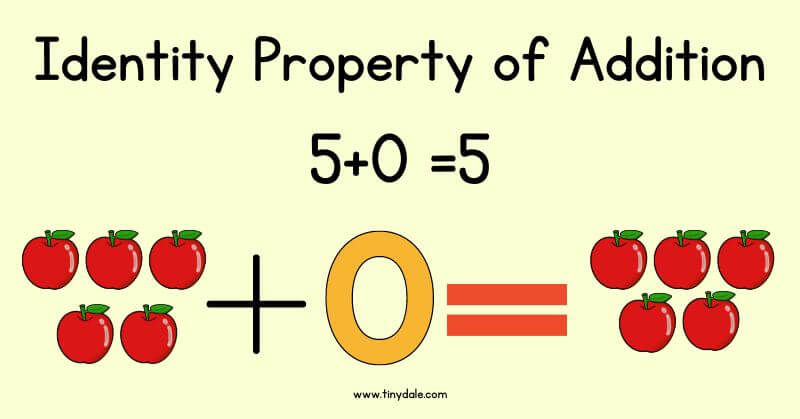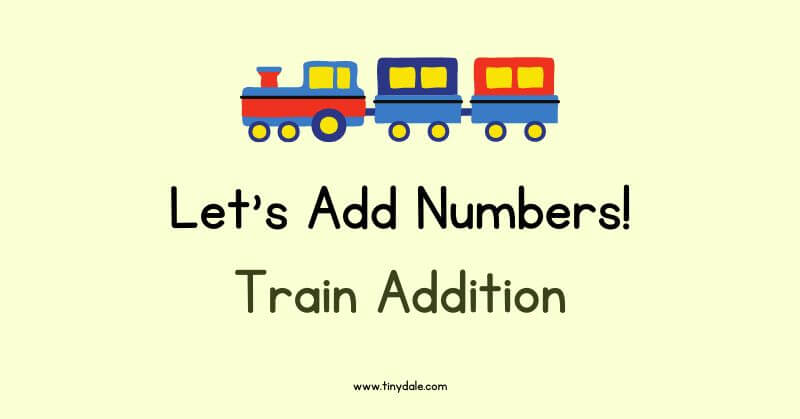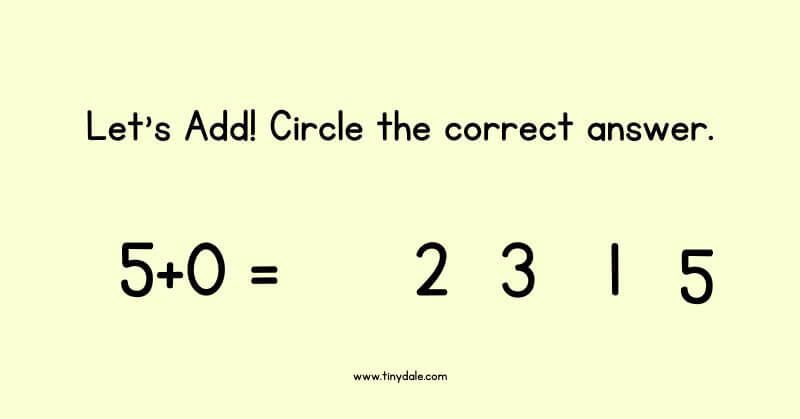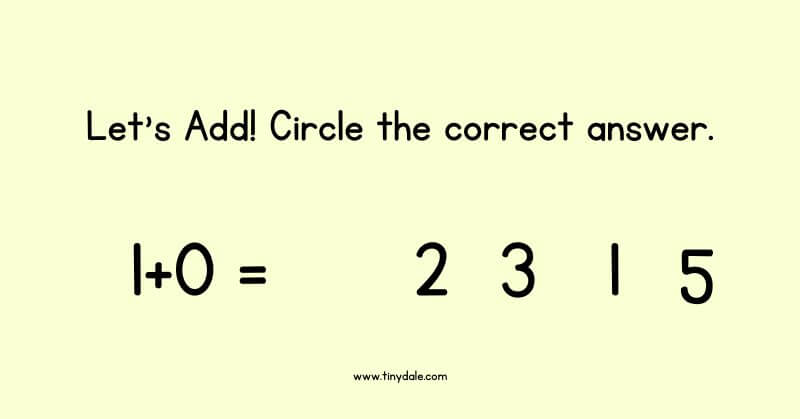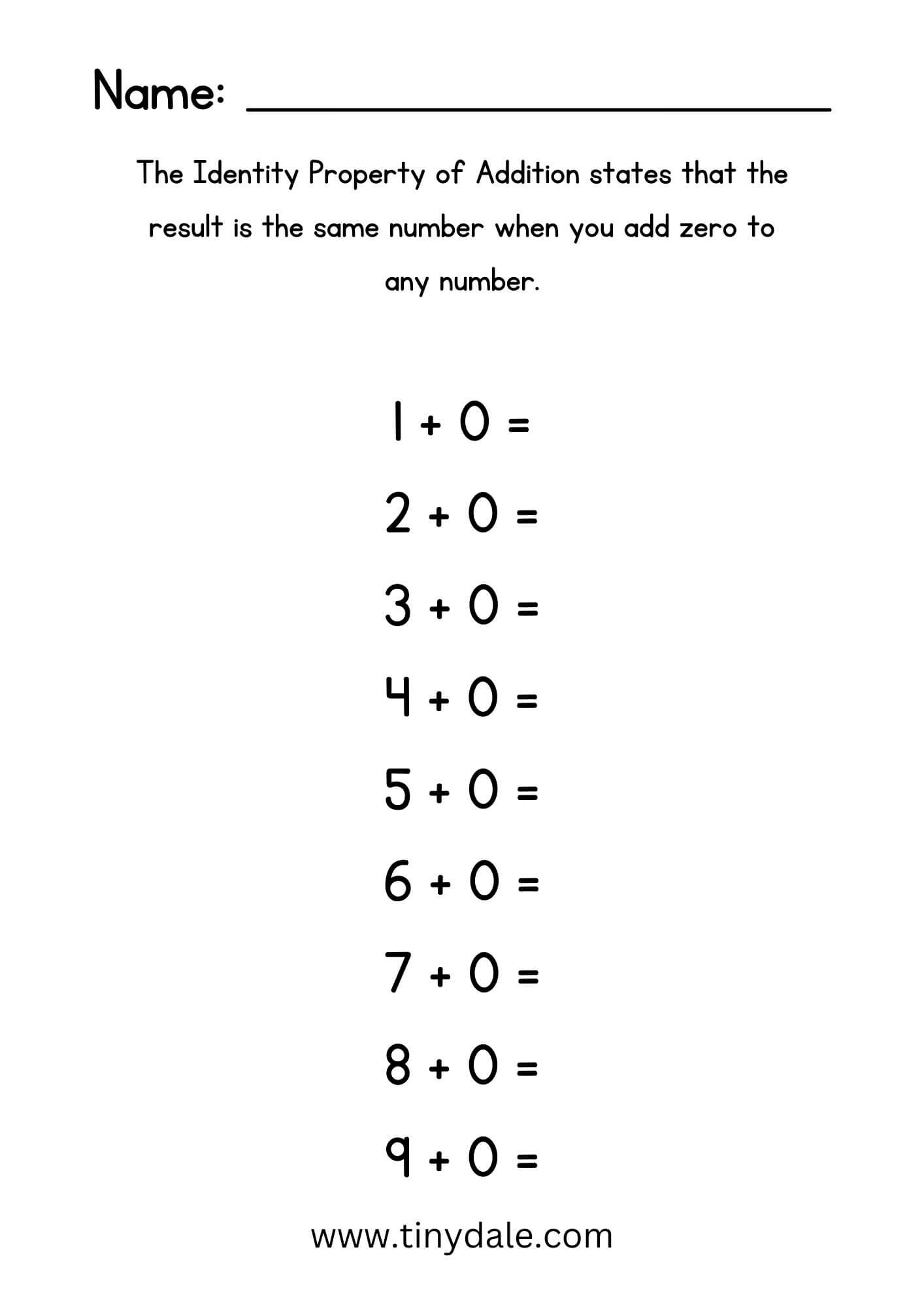The identity property of addition is a fundamental concept in math that helps us understand how numbers work. Learn all about it in this guide!
In mathematics, the identity property of addition is a fundamental concept that helps us understand how numbers work.
This property states that when you add zero to any number, the result is that same number. Understanding this property is essential for building a strong foundation in math. In this guide, we’ll explore the identity property of addition in detail.
Note: Don’t Forget to Download the free worksheet at the end of the Lesson plan and do give a thumbs up if you like doing it with your kids.
What is the Identity Property of Addition?
The Identity Property of Addition is a mathematical rule that states that when you add zero to any number, the result is that same number.
In other words, the identity element for addition is zero.
This property is important because it helps us understand how numbers work and provides a foundation for more complex mathematical concepts.
It is a fundamental concept in math that is used in many different areas, from basic arithmetic to algebra and beyond.
How does the Identity Property of Addition work?
The Identity Property of Addition states that when you add zero to any number, the result is that same number.
For example, 5 + 0 = 5 and 12 + 0 = 12.
This is because zero is the identity element for addition, meaning it doesn’t change the value of the number it’s added to.
This property is important because it helps us simplify equations and solve problems more easily.
It also provides a foundation for more complex mathematical concepts, such as the distributive property and inverse operations.
Examples
Let’s look at some examples of the Identity Property of Addition in action.
If we have the equation 8 + 0, we know that the answer is simply 8 because adding zero doesn’t change the value of 8.
Similarly, if we have the equation 25 + 0, the answer is 25.
This property can also be used to simplify more complex equations. For example, if we have the equation 3x + 0, we can simplify it to just 3x because adding zero doesn’t change the value of 3x.
More Examples:
1+0=1
2+0=2
3+0=3
4+0=4
5+0=5
6+0=6
7+0=7
8+0=8
9+0=9
Some More…..
20+0=20
30+0=30
35+0=35
37+0=37
41+0=41
46+0=46
52+0=52
66+0=66
71+0=71
83+0=83
87+0=87
89+0=89
91+0=91
93+0=93
97+0=97
Note: Don’t Forget to Download the free worksheet at the end of the Lesson plan and do give a thumbs up if you like doing it with your kids.
How to use the Identity Property of Addition in solving equations?
The Identity Property of Addition can be a useful tool in solving equations.
When you encounter an equation with a term that includes zero, you can use the Identity Property to simplify the equation.
For example, if you have the equation 4x + 0 = 12, you can simplify it to just 4x = 12, since adding zero doesn’t change the value of 4x.
This makes it easier to solve for x. Remember, the Identity Property of Addition states that adding zero to any number does not change its value.
Common misconceptions about the Identity Property of Addition
One common misconception about the Identity Property of Addition is that it only applies to the number zero.
However, this property applies to any number added to zero, not just zero itself.
Another misconception is that the Identity Property only works with addition, but it also applies to multiplication. The Identity Property of Multiplication states that multiplying any number by one does not change its value.
Note: Don’t Forget to Download the free worksheet at the end of the Lesson plan and do give a thumbs up if you like doing it with your kids.
Frequently Asked Questions
What is an example of identity property?
5 + 0 = 5
What is an identity property?
A definition of identity property is that the identity property states that a number, known as the identity, can be added to, subtracted from, multiplied by, or divided into a number without changing the number. Source
What is the identity property of addition kids?
What is an identity element addition examples?
What is an example of identity property for kids?
- Commutative property.
- Associative Property.
- Distributive Property.
- Additive Identity Property.
What is an identity in math?
An identity is an equality that holds true regardless of the values chosen for its variables. Source
Summary!
I hope we have come up with a clear concept of the topic and will let the kids enjoy this simple guide to have clear knowledge about the topic. Do let us know if you have any questions for us. And yes if you want to us to come up with some specified lesson plans do let us know in the comment box below!
Also Read: The Importance of Math Homework Help in Education Success
Follow Us: Facebook | Instagram | Twitter | Youtube | Pinterest
Tinydale is on YouTube, Click here to subscribe for the latest videos and updates.

